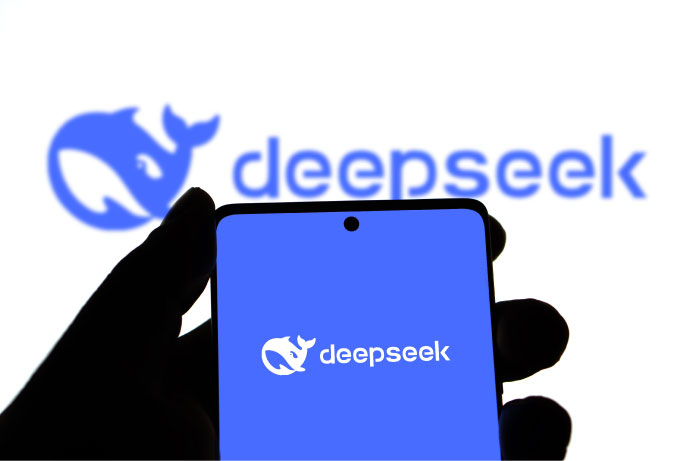In recent years, we have witnessed an exponential advancement in artificial intelligence (AI) technologies, driven by companies like OpenAI, DeepSeek and Alibaba. According to a survey byMcKinsey, in 2024, 72% of companies have already adopted AI, a significant increase compared to 55% in 2023. The research also reveals that generative AI adoption increased from 33% to 65% in one year, but after all, what to expect from these numerous creations and solutions?
In this article, we explore the current landscape of these technologies, comparing their characteristics and future projections, in addition to analyzing how these innovations impact people's daily lives.
With these new accessibility scenarios, it is possible to achieve a reduction in costs?
The fierce competition among giants like OpenAI, Alibaba and DeepSeek are resulting in a significant reduction in the costs of AI-based solutions. This makes technology more accessible for startups, small businesses and end consumers. With AI becoming cheaper, we can see and witness a democratization of technology, allowing more sectors of society to integrate AI into their daily operations.
Furthermore, the variety of AI options available in the market allows companies to choose the solution that best fits their specific needs. This diversity promotes innovation, once each provider seeks to differentiate itself with exclusive features. The result is a more personalized and efficient offer, directly benefiting end users.
It is important to remember that the competition among these companies also stimulates continuous investment in research and development, accelerating the evolution of AI technologies. Therefore, we can translate this into more efficient solutions, safe and accessible. And it is a fact: companies like OpenAI, DeepSeek and Alibaba are constantly improving their models to deliver superior performance in natural language processing tasks.
Another point to consider is that the decreasing cost of AI technology allows more sectors of society to integrate these solutions into their operations, promoting digital inclusion and large-scale professional training. This democratization of AI technology has the potential to transform various sectors, from education to health, positively impacting people's lives.
Comparison of models: OpenAI O1, DeepSeek R1 and Qwen 2.5-Max
OpenAI O1: Model developed by OpenAI, recognized for its high-level natural language processing capability.
Strengths – Excellent understanding and text generation; flexibility for various applications.
Weak Points – High operational cost; dependence on robust computational infrastructure.
DeepSeek R1: Developed by the Chinese startup DeepSeek, designed to deliver competitive performance without requiring high-end hardware.
Strengths – Affordable price; efficiency in relevant benchmarks.
Weak Points – Little global acceptance; less recognition in Western markets.
Qwen 2.5-Max (Alibaba)Alibaba promises that this model surpasses the main competitors, including GPT-4 and DeepSeek-V3.
Strengths – Improved performance in comparative tests; efficiency in text generation and semantic understanding.
Weak Points – Little global acceptance; less recognition in Western markets; possible internal competitive pressure in China led to accelerated launch.
Thinking long term, what is the impact on daily life?
As AI technology continues to evolve, we can expect an even greater impact on people's daily lives. More accessible and efficient AI solutions have the potential to transform everything from routine tasks, how automated customer service, up to critical areas, how AI-assisted medical diagnoses.
In the near future, this technology is expected to play a central role in improving the quality of life, simplifying processes and promoting innovation in various sectors. The combination of cost reduction, greater diversity of choices and continuous advancement of technology points to a scenario where it not only complements, but significantly transforms the way we live and work.
Therefore, we can conclude that with the rapid evolution and increasing accessibility of AI technologies, we are just at the beginning of an era where artificial intelligence will profoundly shape our future. We must closely follow these innovations and take advantage of the opportunities they offer us to create a more connected and efficient world.


